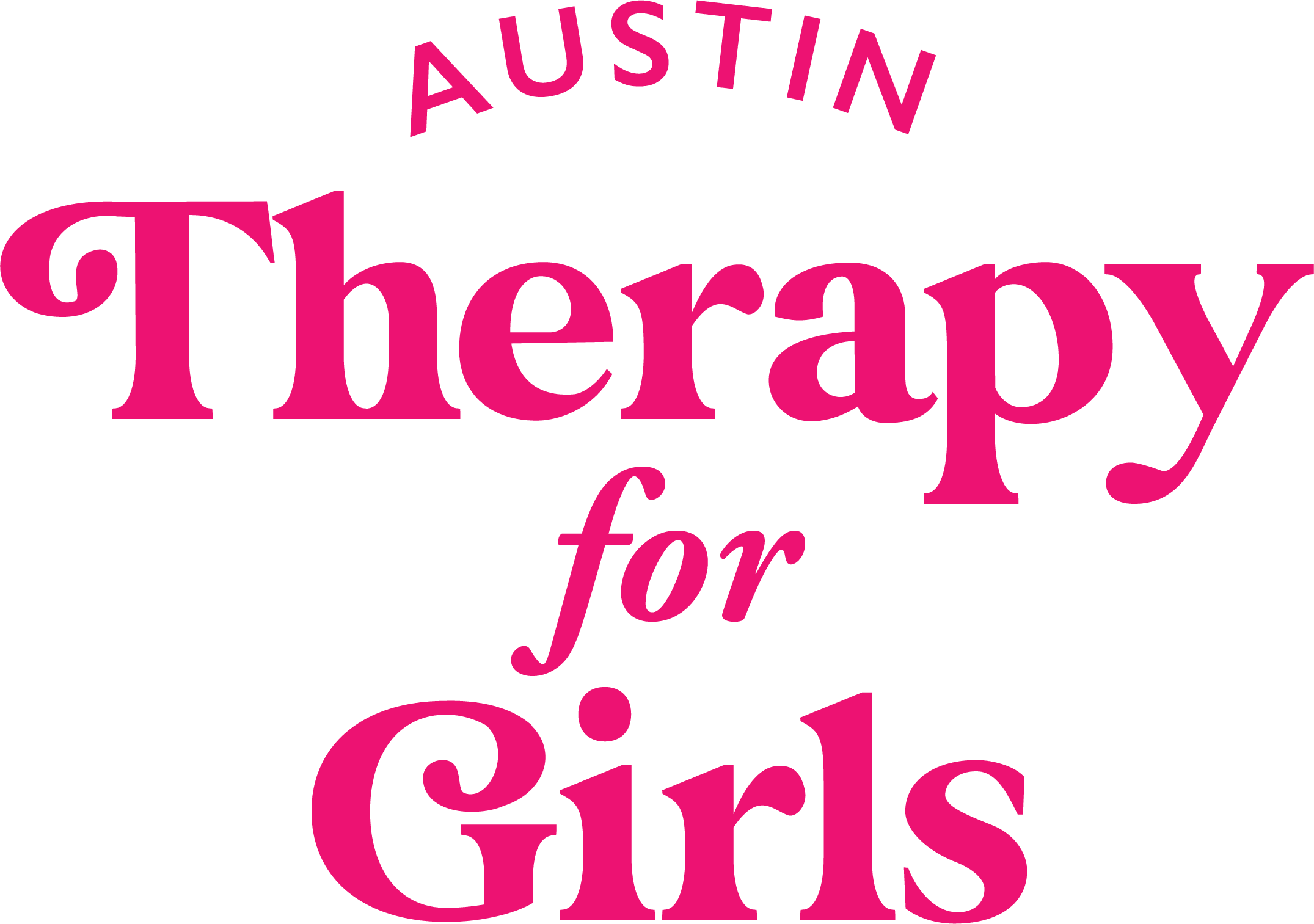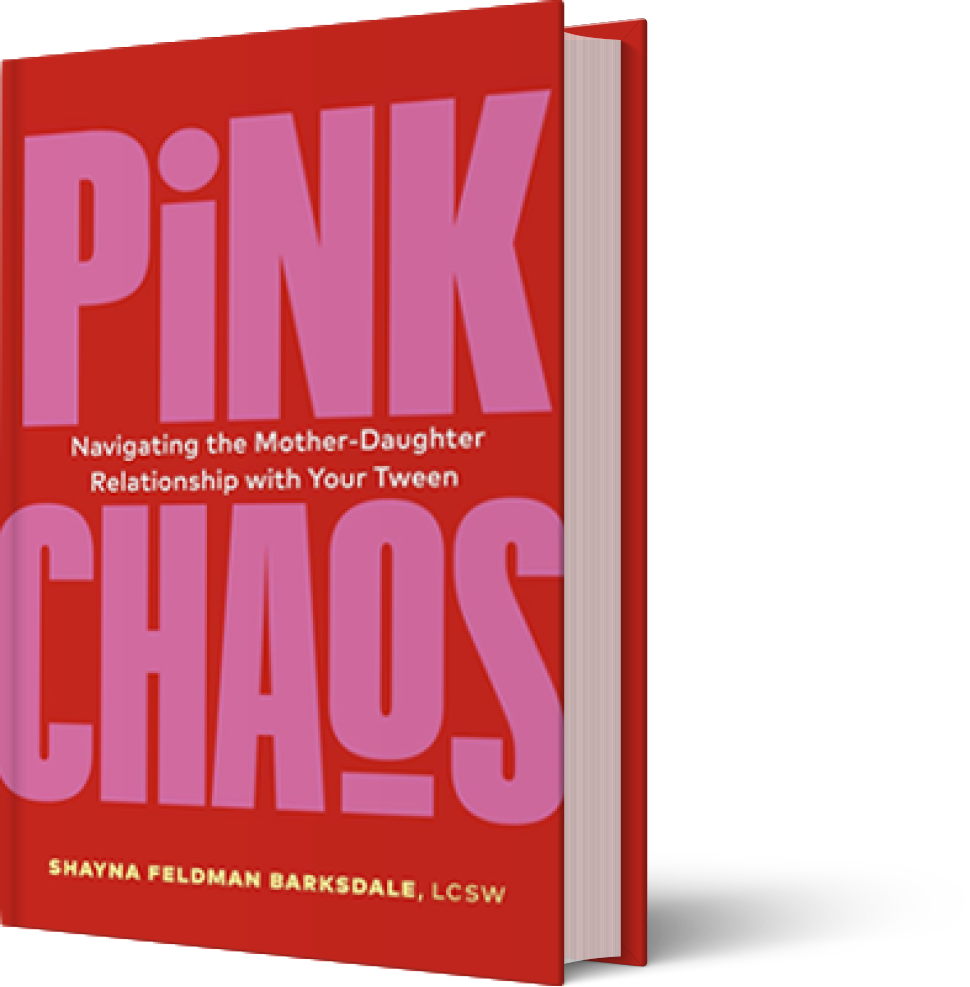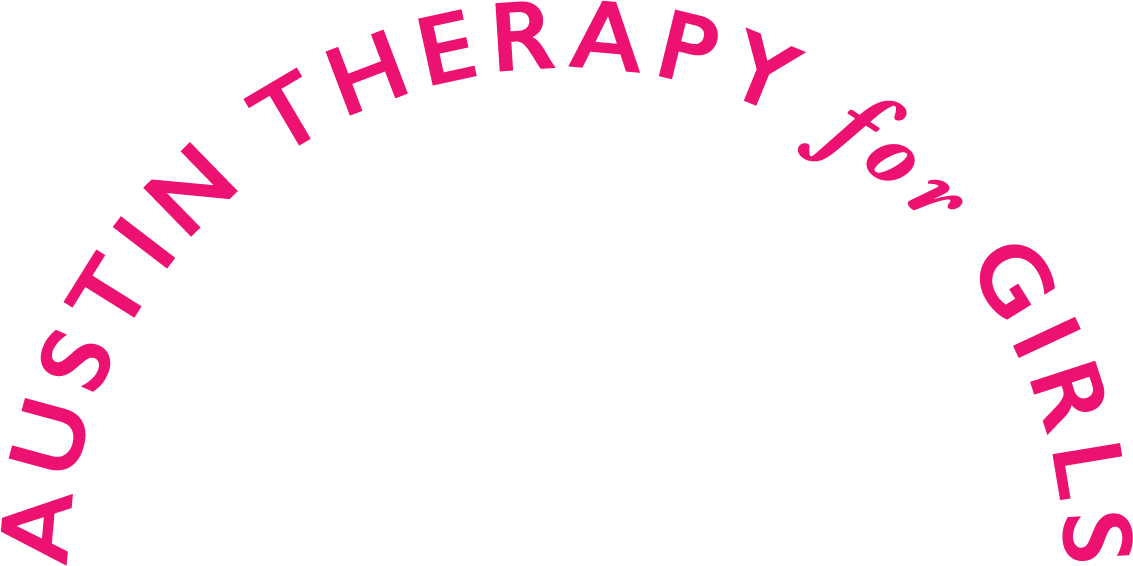Self-Injury 101
As we enter one of our busiest seasons, mental health professionals and schools will tell you that things can sometimes fall apart after the first six to nine weeks. For our college students, this time is often around midterms when anxiety is high and the pressure to succeed is ever present. Over the past two weeks, we have had an increase in calls about self-injury, especially from girls and young women. This is a concerning trend, as self-injury is a serious mental health issue.
Most of the time, we try to keep our blog posts lighthearted and entertaining. However, self-injury is a serious issue that demands the right amount of professionalism and ethics. It is October and in the spirit of all things spooky, we’re paying tribute to Halloween in the subtlest of ways. This blog post is a hefty one, but we’ve divided it into three sections to cater to different groups. The first section is for caregivers, the second is for tweens and teens who may be struggling with self-harm, and the third section is for school professionals seeking extra resources.
The Basics: Self-Injury and NSSI ( non suicidal self-injury)
Self-injury is the deliberate act of harming oneself, which can include cutting, burning, and scratching. It is often a way to cope with difficult emotions such as anger, pain, or sadness. It is crucial to note that self-injury is different from suicide attempts, and frequently, it is a warning sign that someone is struggling with their mental health. Technically, it is referred to as Non-Suicidal Self-Injury (NSSI).
Let’s shine a light on a topic that’s often hushed up: self-injury. It’s rough to hear that nearly a third of teens have experienced it, but we suspect it’s even more common than we realize. If you’re 12 or older, chances are you’ve thought about it or know someone who has. But, let’s clear up one thing: this isn’t a cry for attention or a sign of weakness. In fact, it’s more about seeking a connection than anything else. Folks who self-injure often turn to it as a way to handle tough emotions like anxiety, anger, shame, or sadness. The severity of self-injury can range from small scratches to serious scarring, but the bottom line is, we need to be there for each other and provide support through these challenges.
We often hear from caregivers who are worried sick about their daughter’s sudden scratches on her arms. Apparently, the kiddo picked up this habit from her buddies, who think it’s a cool way to deal with emotional pain. It’s a classic case of friends influencing friends, and it can happen to anyone.
But, let’s not lose hope! We know that peer groups can be a powerful force for good too. A strong squad that encourages healthy ways to manage stress can work wonders. They create a supportive environment that helps you feel connected and less alone, making self-harm a thing of the past. So, let’s help each other thrive and ditch the harmful habits!
When the veil is lifted and you discover your daughter’s struggle with self-harm.
For caregivers, finding out that your daughter is hurting herself can be a jarring and emotional experience.You might find yourself grappling with a range of feelings such as anger, shame, confusion, and sadness , it is normal to feel this way, and you are not alone. We understand that this can be a moment of anxiety and fear, but do not despair, we are here to guide you.
To recognize signs of self-injury, keep a lookout for cuts, bruises, or burns on your daughter’s body. She might be wearing long-sleeved clothes, even in hot weather, and avoiding activities that require exposing her body. A change in mood, behavior, difficulty concentrating, and sleeping, as well as becoming withdrawn, could be indications of self-injury as well.
Let’s get real: self-injury is a complex issue, and there are no easy buttons to press when someone you love is caught in that struggle. Our clients often feel trapped, and the rush from self-harm becomes a dangerous escape. It’s tough to swallow, but sometimes we caregivers unknowingly create the chaos that feeds the fire.
But here’s the thing: there’s a reason behind your daughter’s cutting, and to break free, you need to join forces and embark on a healing journey. Together, you can create a healing environment where recovery can take root and grow.
Here is a script to use with your daughter if you find out she has been “cutting”.
“Hey honey, I noticed that you had some marks on your arms, and I totally get why you might want to hide those from me. I can only imagine how overwhelmed you are with school, extracurriculars and just dealing with being 13. I also know that (other caregivers) and I don’t always support you in the way you like. When you’re ready, can we sit down and talk about how to support you best?”
In this witchy October season, we offer a beacon of hope and a collection of spells for those seeking to recover from self-injury.
If you’re going through a tough time with self-injury, just know you’ve got a squad of people on your side. From helpers to caregivers, we’re all rooting for you and your wellbeing. Let’s get real for a second: the whole self-harm thing is a no-go zone. Instead, let’s brainstorm some healthy distractions! We hear you, sticking to this can be as challenging as the latest TIKTOK halloween makeup tutorial, but trust us, once you start down that path, it’s hard to turn back.
Breaking the cycle of self-harm can feel like an uphill battle, but with the right backing, you can conquer it. Keeping this struggle under wraps, no matter your age, can make things worse. So, even though it’s tough, opening up to someone is key. If you’re under 18, we’re rooting for you to have a heart-to-heart with your caregivers and share what’s going on in your life. (Or, heck, send them this blog post!)
Let’s tackle the tough topic of self-injury head-on with some helpful tips:
- Spot your triggers. What sets off the urge to self-harm? Identifying your triggers is the first step in creating a plan to either dodge them or deal with them in a healthy way.
- Pick healthy coping mechanisms. There are oodles of healthy ways to deal with tough emotions, such as a heart-pumping workout, chit-chatting with pals, or jamming out to your favorite tunes. Experiment with a few and find what works best for you.
- Create a safety net. When the urge to self-harm hits, have a safety plan in place. Reach out to a friend or family member, take a stroll, or try a calming exercise. Remember, you’re not alone. Call or Text 988 or TEXT CONNECT to 741741 for 24/7 help for self – harm.
For more ways to stop self-harm, we created this worksheet. please download HERE
Effective Ways for Schools to Address Self-Harm
Self-harm is a complex issue for schools to handle. It’s crucial to nurture a safe and empathetic environment for students to feel comfortable opening up about their struggles. Here are some effective ways that schools can tackle self-harm:
Cultivate a safe and empathetic environment
- Educate your staff on self-harm and appropriate responses.
- Foster a culture of understanding and acceptance.
- Provide access to specific training like this one https://www.selfinjury.bctr.cornell.edu/resources.html or https://www.selfinjury.bctr.cornell.edu/training.html
and depending on the size of your school, have a specific point person for NSSI.
Provide easy access to mental health resources
- Counselors, psychologists, and social workers should be available for students in need.
- They can offer guidance on healthy coping mechanisms for managing stress and difficult emotions.
- Provide mental first aid to both teachers and students:
- Teachers in Texas: https://schoolmentalhealthtx.org/initiatives/mental-health-first-aid/
- Students: https://www.mentalhealthfirstaid.org/population-focused-modules/teens/
- Educate students on healthy ways to manage stress and emotions.
- Techniques like mindfulness, relaxation, and exercise can help students cope.
Develop a crisis response plan
- Create a comprehensive crisis response plan for students who are self-harming or at risk.
- The plan should detail necessary steps for ensuring student safety and providing support.
For an in depth look at self harm protocol in schools please refer to this PDF provided by Cornell.
https://www.selfinjury.bctr.cornell.edu/documents/schools.pdf












